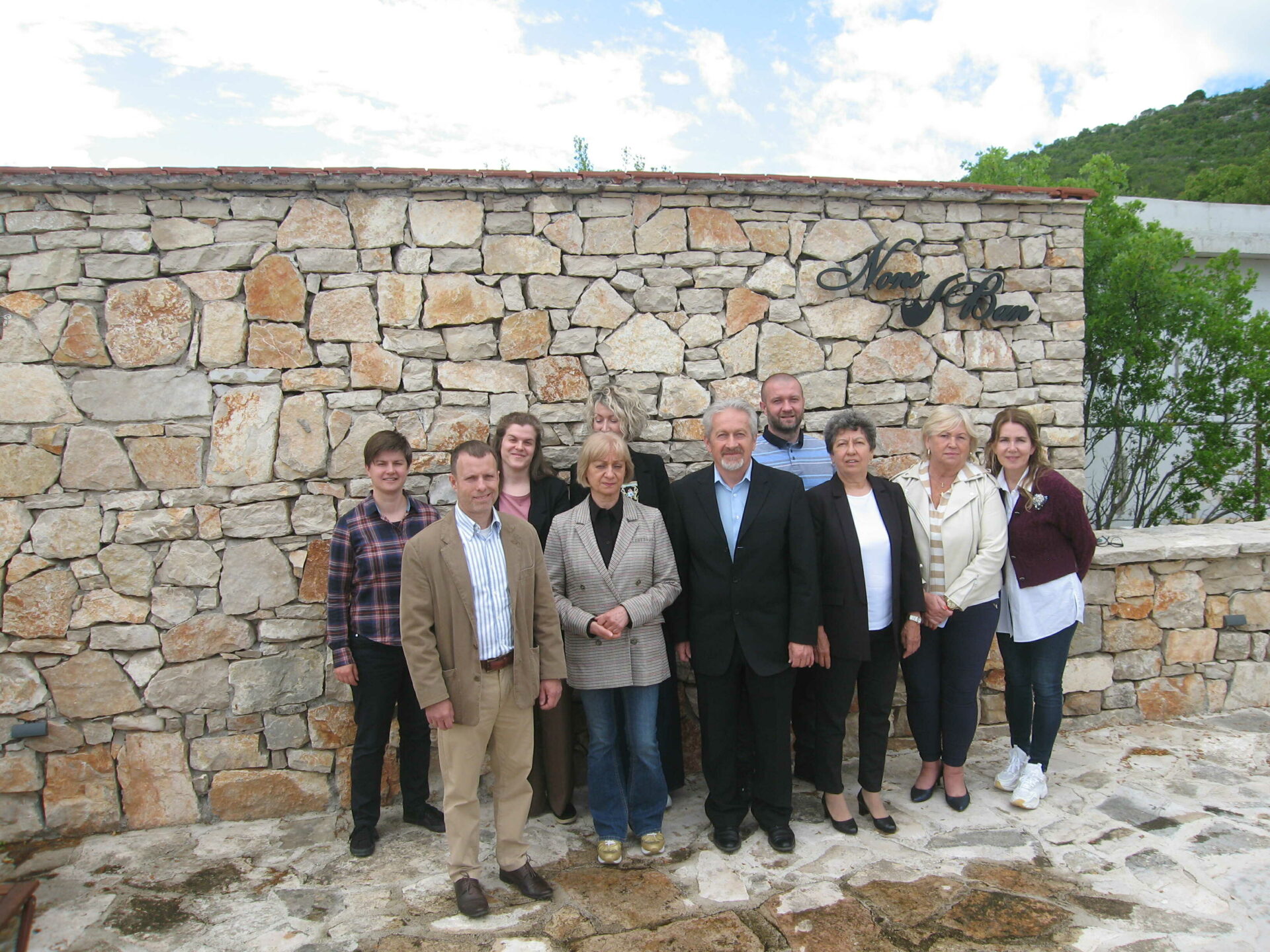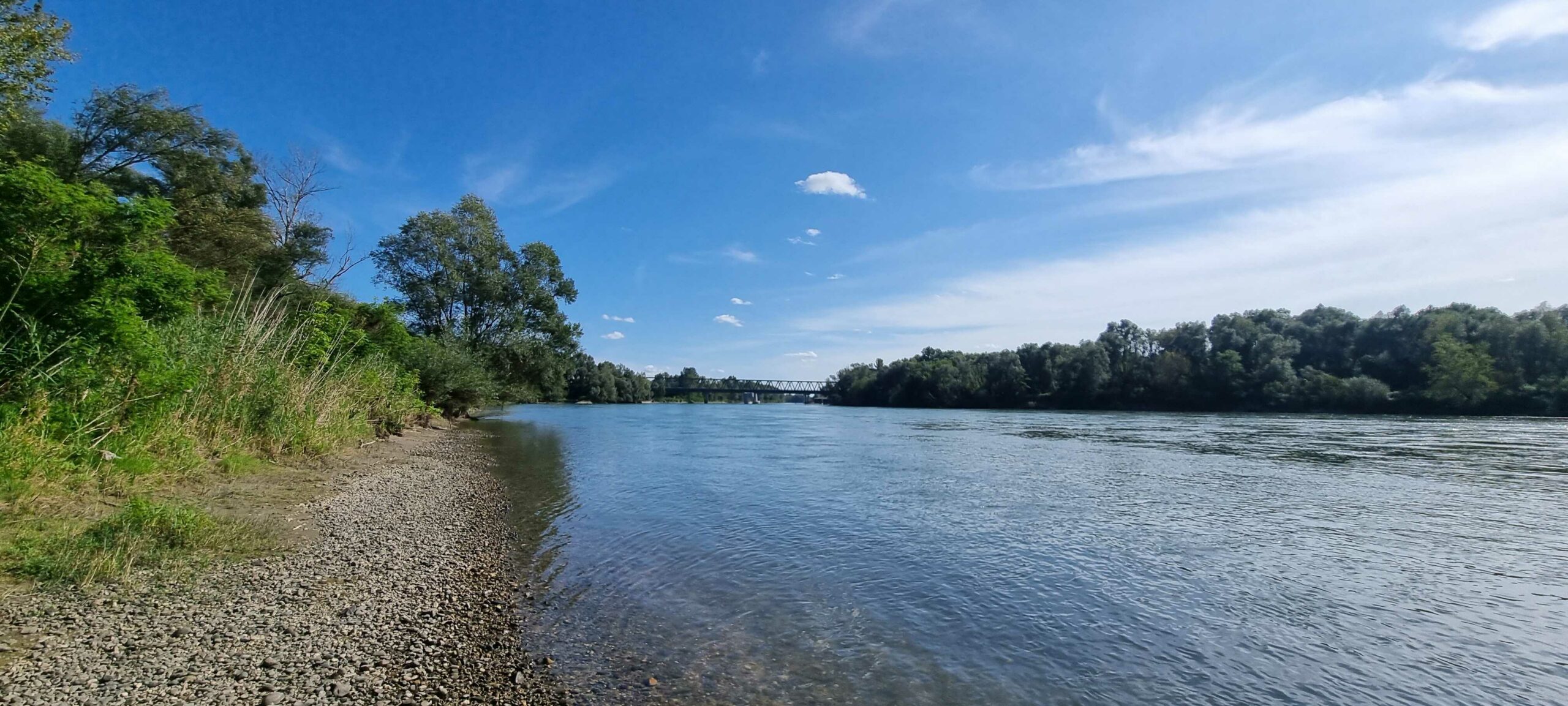Meeting of Croatian-Hungarian cooperation on the island of Brač


Co-operation between Croatia and Hungary in monitoring the water quality of the Mura, Drava and Danube rivers began in 1965, while systematic monitoring of radioactive and thermal pollution of the Danube was introduced in 1978. After the independence of the Republic of Croatia, this co-operation was continued within the framework of the newly founded Croatian-Hungarian Permanent Water Management Commission. The subcommittee in its current form, called the Croatian-Hungarian Subcommittee for the Protection of Water Quality, was officially established in 1995.
The main tasks of the subcommittee include regularly monitoring the status of border and transboundary waters, carrying out sampling and water quality tests at pre-agreed locations, analysing changes in water quality over time and responding to sudden or exceptional pollution events. In order to further standardise and improve the work, the subcommittee adopted the Regulation on the Protection of Water Quality in 2001, which sets out in detail the institutions responsible, the sampling schedule (locations, times and parameters), the sampling and testing methods, the procedures for storing samples, the analysis and classification of results and the procedures in the event of exceptional or accidental water pollution.
The regulation has been constantly updated over the years to bring it into line with European and national water protection standards. Monitoring is carried out in cooperation with experts from both countries – on the Hungarian side, staff from the Directorate for Waters of South-Prekordun and the Directorate for Water Management of West-Prekordun are involved, while on the Croatian side, experts from Croatian Waters, Josip Juraj Strossmayer Water Institute and the Ruđer Bošković Institute in Zagreb are responsible for the activities. To ensure high quality and reliability of the results, the laboratories involved in the monitoring regularly participate in international interlaboratory comparison tests, which systematically confirm the accuracy and compliance of their work with the highest standards.
A meeting of the Subcommittee for the Protection of Water Quality of the Croatian-Hungarian Water Management Commission was held in Gornji Humac on the island of Brač from 5 to 8 May this year. The meeting included an overview of the tests carried out and the results of joint water sampling at three monitoring stations on the Drava, one station on the Danube and the Mura for 2024, a programme for joint testing for 2025 and 2026, an exchange of information related to the operation of the Paks nuclear power plant and updates on the subcommittee’s regulation. The participants of the meeting included experts from the Josip Juraj Strossmayer Water Institute, Draženka Stipaničev and Marija Vrsalović. As part of the meeting, a visit to the Uja Museum — a restored oil mill built in 1864 in the town of Škrip —was organised, where the experts were given a historical overview of olive growing on the island of Brač and a presentation of the traditional process of producing the famous Brač olive oil.

